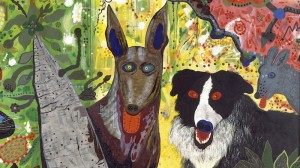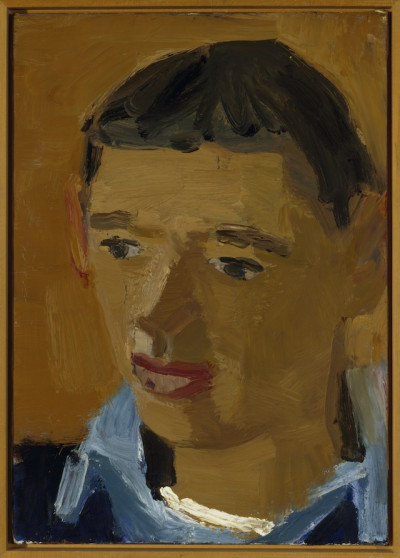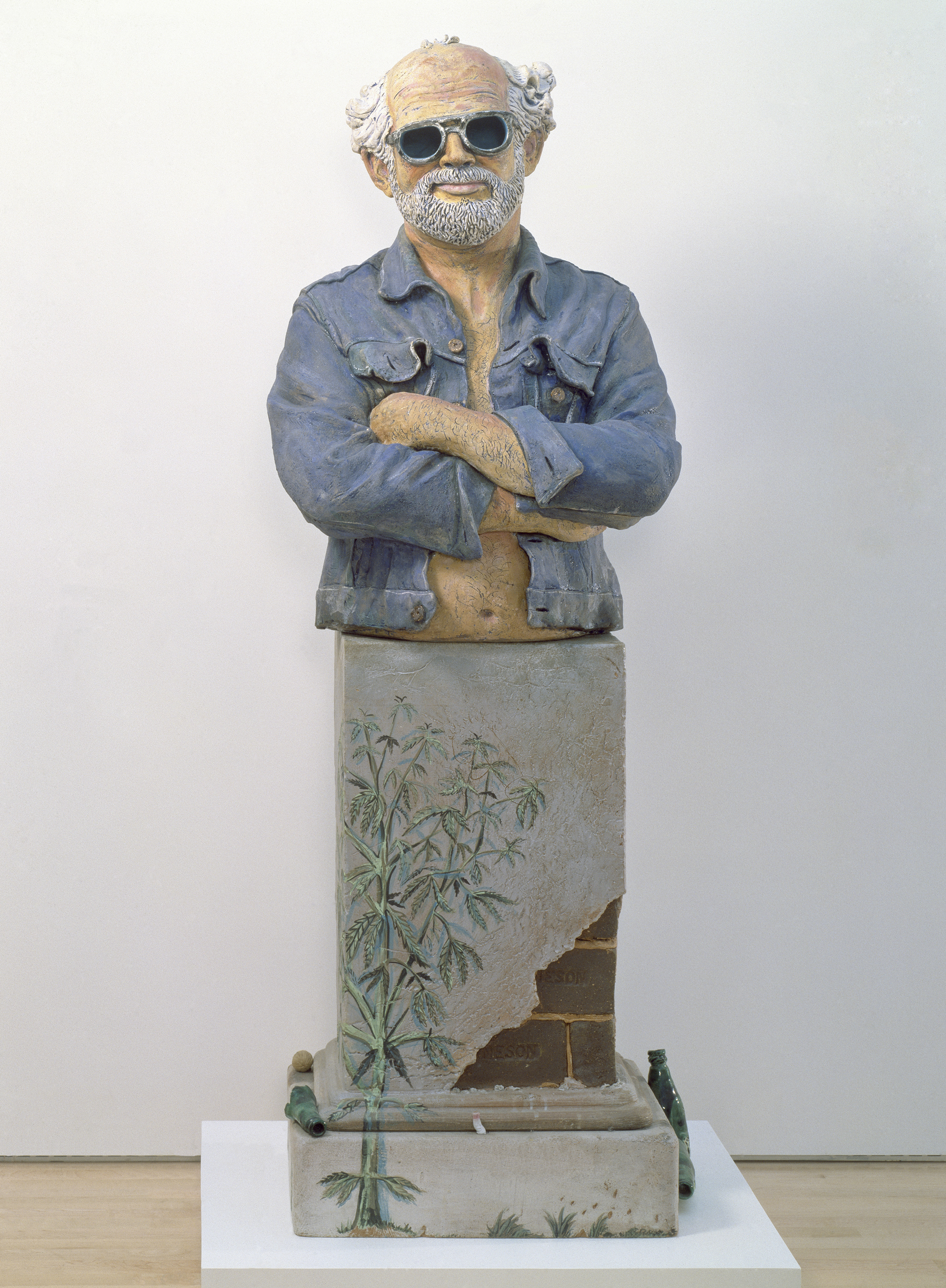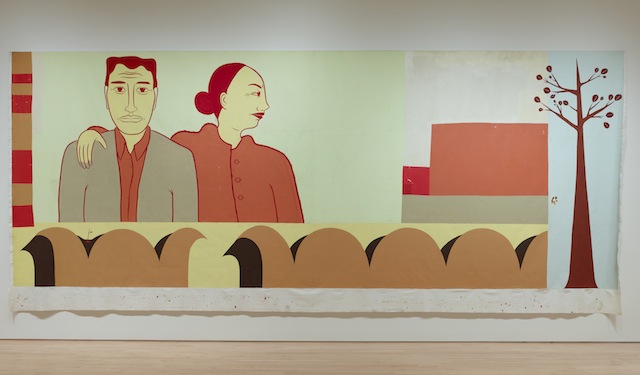Though it spans eighty-five years and includes some of art history’s biggest names, Fertile Ground: Art and Community in California, at the Oakland Museum of California (OMCA), is far from a survey exhibition. Curators from OMCA and the San Francisco Museum of Modern Art (SFMOMA) honed in on four very specific times and places, making no attempt to tell every possible story. And yet, there are many historical lessons to be learned and one may even walk away with a bigger picture.
Fertile Ground is divided into four sections covering four different communities of artists: Frida Kahlo and Diego Rivera, and the artists associated with them during the time they lived in San Francisco; the post-war faculty and students at the California School of Fine Arts (now the San Francisco Art Institute); the art department at UC Davis in the 1960s and ’70s; and the “Mission School” starting in the ’90s and continuing until today.
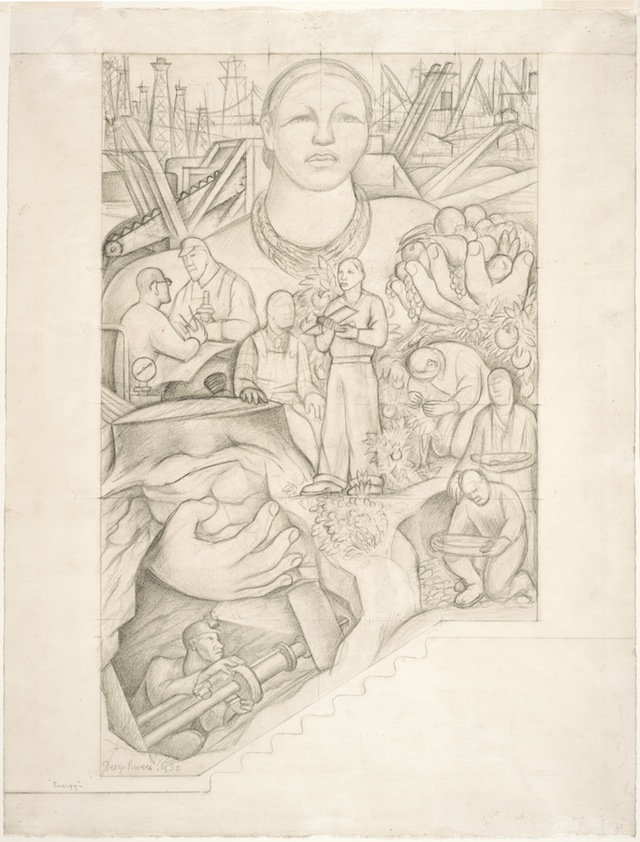
One exciting work to see in the first section is Kahlo’s Portrait of Dr. Leo Eloesser (1931), featuring her San Francisco doctor. The oil painting, a gift from Kahlo, depicts Dr. Eloesser, a San Francisco native, standing next to a model sailboat. Many Kahlo fans may not recognize this work because, after it fell into possession of one of Eloesser’s friends, it was donated to UC San Francisco with the requirement that it be displayed at San Francisco General Hospital, where the doctor worked for thirty-six years.
Another piece viewers may not be familiar with is Rivera’s Allegory of California (1931). The fresco is housed in the City Club of San Francisco, a private social club, which is not a far cry from the Pacific Stock Exchange Luncheon Club that occupied the Financial District building when Rivera painted the mural. In addition to a reproduction at OMCA, several studies from Rivera’s plans are on display, including drawings of gold miners, famed botanist Luther Burbank, and a boy with a model airplane. In the final piece, these figures are accompanied by an army of oil derricks, two disembodied hands overflowing with fresh fruit, and the stump of a giant tree — a suitable allegory indeed.
The exhibition also includes works from major photographers who were revolutionizing the incipient art form while Kahlo and Rivera were in San Francisco. Many works from Group f/64, several photographers organized in the Bay Area in the ’30s, are on display. Imogen Cunningham, a Portland-native who moved to San Francisco in 1920, is represented by a classic example of her botanical photography. Sonya Noskowiak’s photograph of a lonely and weathered fence on Stinson Beach seems to collapse the eighty years since its creation, offering an image of something a daytripper might find if she ventures just a little off Highway 1.
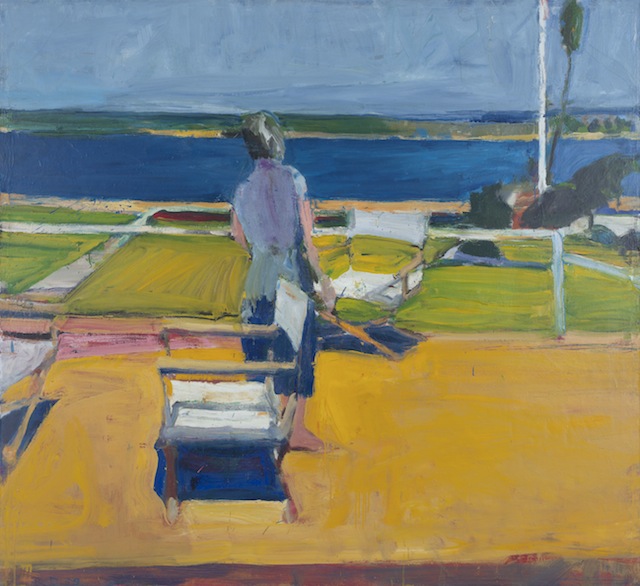
The pivotal connection between these artists — as well as Ansel Adams, Dorothea Lange, Willard Van Dyke, and Edward Weston — and Kahlo and Rivera isn’t entirely clear. They all lived and worked in the region at the same time and many benefited from the patronage of Albert M. Bender, a wealthy insurance broker, but the reason for centering all the artists around Kahlo and Rivera never fully reveals itself.
